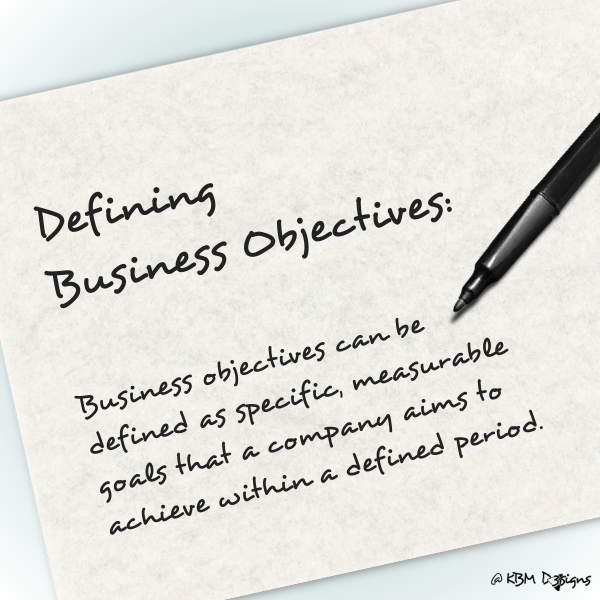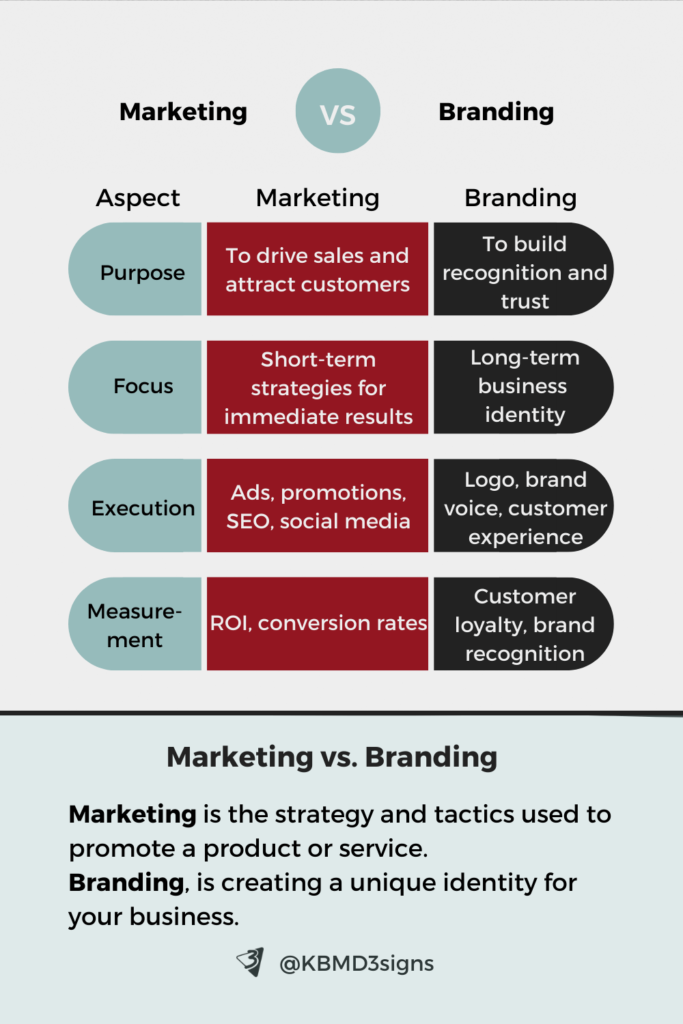How to Market a Brand – Marketing a brand effectively requires an understanding of both marketing and branding. Marketing is the process of promoting and selling products or services through various strategies. Branding is the practice of establishing a distinct identity and reputation for a business. Small businesses often struggle to balance these elements, especially when leveraging offline marketing strategies. This guide will help you understand the difference between marketing and branding, provide insights into the role of colors in branding and marketing, and offer actionable strategies for small businesses.
Article Content:
1. Marketing vs. Branding
Marketing refers to the strategies and tactics used to promote a product or service. It involves advertising, public relations, social media, and sales strategies.
Branding, on the other hand, is about creating a unique identity for your business. It encompasses your logo, brand colors, messaging, and customer perception.
2. The Role of Colors in Marketing and Branding
Colors in Marketing
Colors in marketing are used to evoke specific emotions and drive customer actions. When selecting marketing colors, businesses should ensure they complement their brand identity. For example, pairing a trust-inducing blue with an energetic red could create a balance between reliability and excitement, whereas combining green with yellow might highlight both sustainability and optimism. Consider how different colors interact to maintain consistency and avoid conflicting messages. Colors in marketing are used to evoke specific emotions and drive customer actions. For example:
Colors in Branding
Colors in branding help create a distinct identity and reinforce brand messaging. Some iconic examples include:
- Coca-Cola (Red): Energy and excitement
- Facebook (Blue): Trust and reliability
- Starbucks (Green): Relaxation and sustainability
For small businesses, consistency in color usage across marketing materials ensures brand recognition. This can be achieved by using the same color palette in logos, signage, packaging, and promotional materials. Additionally, ensuring uniformity across digital and offline platforms—such as business cards, flyers, and storefront displays—helps reinforce brand identity and customer recall.
3. Offline Marketing Strategies for Small Businesses
While digital marketing is dominant, offline marketing remains effective for small businesses. Some proven strategies include:
- Networking Events & Trade Shows
- Build relationships with potential clients and partners.
- Distribute branded materials like brochures and business cards.
- Local Sponsorships
- Sponsor community events or local sports teams to boost brand visibility.
- Flyers and Direct Mail
- A well-designed flyer with eye-catching colors can increase engagement.
- Personalized direct mail campaigns foster stronger customer relationships.
- Branded Merchandise
- Give away branded t-shirts, pens, or tote bags to spread brand awareness.
- Word-of-Mouth Marketing
- Encourage satisfied customers to refer others.
- Offer incentives like discounts for referrals.
Shop at Zazzle Store
Cocoon It! – Business Cards & Marketing Items
4. How to Market a Brand – FAQs:
Marketing focuses on promoting products and services to drive sales, while branding is about establishing a strong business identity and building customer trust.
Colors influence customer perception and behavior. They help establish a brand’s identity (branding) and evoke emotions to encourage specific actions (marketing).
Local sponsorships, flyers, networking events, direct mail, and word-of-mouth marketing are highly effective.
Maintain consistency in branding (logos, colors, messaging) while actively marketing through various channels like social media, print, and community engagement.
Word-of-mouth marketing is free and highly effective. Encouraging customer referrals and leveraging satisfied clients’ testimonials can be invaluable.
-

6 Winter Marketing Ideas for Small Businesses
Read the post …: 6 Winter Marketing Ideas for Small Businesses -

6 Offline Summer Marketing Ideas for Small Businesses
Read the post …: 6 Offline Summer Marketing Ideas for Small Businesses -

What is Seasonal Marketing? A Guide for Small Business Offline Success
Read the post …: What is Seasonal Marketing? A Guide for Small Business Offline Success
5. Conclusion
Successfully marketing a brand requires balancing marketing strategies and branding consistency. Small businesses should focus on aligning their marketing efforts with a strong brand identity, leveraging color psychology, and maintaining consistency across all platforms. Offline marketing techniques, such as networking and branded materials, can enhance visibility and customer engagement. Ultimately, the key to success is building trust and recognition while effectively promoting products and services. Small businesses can leverage offline marketing to build local recognition while maintaining a strong visual identity through color psychology. By understanding the difference between marketing and branding, businesses can create a long-lasting impact and attract loyal customers.
Leave your – how to market a brand – experiences in the comment!
-

What Is A Brand Partnership? – A Small Business Perspective
Read the post …: What Is A Brand Partnership? – A Small Business Perspective -

What Are Business Objectives?” Perspective Of A Small Business
Read the post …: What Are Business Objectives?” Perspective Of A Small Business -

What Is A Focus Group Market Research? – SMB Perspective
Read the post …: What Is A Focus Group Market Research? – SMB Perspective



